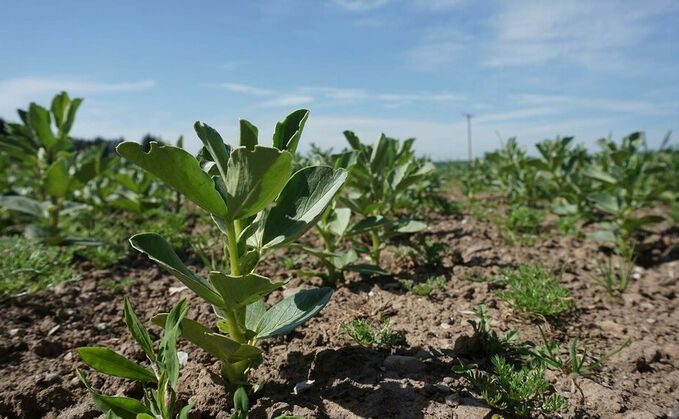
Gross margins for spring crops can change a lot from year to year, so deciding what to grow is also likely to be driven by factors such as markets, grass-weed control and following crop considerations....

Gross margins for spring crops can change a lot from year to year, so deciding what to grow is also likely to be driven by factors such as markets, grass-weed control and following crop considerations....
Commercial Secured Bridging Loans for Business